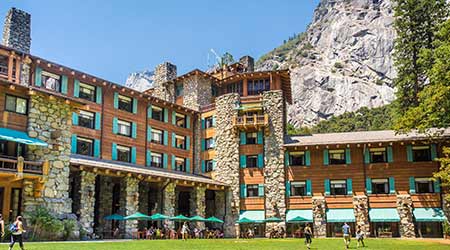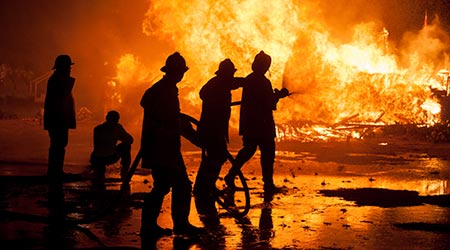
Deferred Maintenance: National Parks Struggle
August 10, 2018
Deferred maintenance plagues most institutional and commercial facilities. While many of the problems remain out of sight and are known to primarily maintenance and engineering managers and their staffs, others are in plain sight, and that might be a good thing: If the public can see the extent of an organization’s deferred maintenance problem and the damage it is doing, the organization might have an easier time making the case for addressing the problem.
The U.S. National Park Service certainly hopes so. Consider the example of a 16-mile pipeline that is sole water supply for the tourist-blanketed village in Grand Canyon National Park. The pipeline is in terrible shape — a symptom of the nearly $12 billion maintenance backlog across the U.S. National Park system, according to National Parks Traveler.
In fact, leaks from the 1960s-era pipeline, from dribbles to arcing sprays, threaten the water flow for 6 million annual park visitors, not to mention for fire suppression for hundreds of historic and other park buildings. Water conservation is now a way of life, even at times requiring shower restrictions, trailhead spigot shut-offs, and meals to be served on paper plates with plastic utensils.
The pipeline exemplifies the National Park Service’s struggle to keep visitors and staff safe while staggering under the maintenance backlog: crumbling roadways built for another era, weakened roofs and moldy walls, storm-blasted docks, and things as simple as faded reflective tape and signs needed for tunnel safety.
Unfortunately, the problems are not important enough to get Washington, D.C.,’s attention for more than superficial patching, even as visitor number have doubled from the 1980s. The environmental review process at Grand Canyon National Park is underway to replace the 6-inch aluminum pipe with an 8-inch steel line and upgrade the pump system. The price tag: $70-120 million, and the Park Service in its 2019 budget proposal is asking Congress for the first $14 million.
The agency’s efforts “to sort of hold things together with duct tape, if you will,” are not sustainable long term, nor is delaying the projects, says John Garder, senior director of budget for the nonprofit National Parks Conservation Association. “Eventually, they will pose a threat to the safety of visitors and park staff.”
This Quick Read was submitted by Dan Hounsell — dan.hounsell@tradepressmedia.com — editor-in-chief of Facility Maintenance Decisions, and chief editor of Facilitiesnet.com.
Next
Read next on FacilitiesNet












